Are There Different Installation Procedures for Indoor and Outdoor Jumping Castles?

Jumping castles can be set up both indoors and outdoors, but the installation procedures differ based on the environment. Each setup requires specific adjustments to ensure safety, stability, and proper use. Let’s explore the key differences in installation between indoor and outdoor jumping castles.
1. Surface Considerations
Outdoor: When setting up a jumping castle outdoors, it's important to check the surface type. Grass, sand, and dirt are common, and you'll need to ensure the ground is free from sharp objects and debris. Anchoring the castle to the ground with stakes or sandbags is essential for outdoor setups.
Indoor: For indoor installations, the surface is typically flat, like concrete, tiles, or gym floors. Since you can’t use stakes indoors, you’ll need heavy sandbags or water weights to securely anchor the inflatable. Indoor surfaces tend to be more predictable, but extra caution is needed to prevent the castle from sliding.
2. Space and Height Limitations
Outdoor: Outdoor setups often provide more space and fewer height limitations, allowing you to install larger or taller inflatables. However, you should still avoid hazards like low-hanging tree branches, fences, or power lines.
Indoor: Indoor installations are typically limited by the dimensions of the venue. It's crucial to measure the ceiling height and available floor space to ensure the jumping castle fits without touching walls or ceilings. This may limit your options when selecting the inflatable’s size.
3. Weather and Environmental Factors
Outdoor: Outdoor jumping castles are subject to weather conditions. Windy or rainy weather can create unsafe conditions, so it’s essential to monitor the forecast. Use additional anchoring or weights during windy conditions and consider cancelling the setup if the weather turns severe.
Indoor: Weather isn't a concern for indoor setups, providing a controlled and consistent environment. However, indoor installations may require ventilation to keep the room cool, as inflatables can cause the temperature to rise, especially in smaller spaces.
4. Power Source
Outdoor: Outdoor setups often require access to an electrical source, such as a nearby power outlet or a generator, to power the blower that inflates the castle. Ensuring the power supply is reliable and that cables are safely secured is crucial.
Indoor: Indoor setups usually have easier access to power, with outlets readily available in most venues. Still, you'll need to secure the cords properly to prevent tripping hazards. Indoor venues may also have stricter guidelines on electrical equipment use.
5. Anchoring the Castle
Outdoor: Proper anchoring is crucial for outdoor jumping castles, especially when installed on grass. Stakes are driven deep into the ground to hold the structure steady, and in some cases, additional weights or sandbags may be used to secure it.
Indoor: Since stakes cannot be used indoors, heavy sandbags or water weights are necessary to keep the inflatable secure. It's important to place the weights at all anchor points to prevent movement, especially if kids are playing energetically.
Conclusion
While the core setup process for jumping castles remains the same, there are important differences between indoor and outdoor installations. Outdoor setups require attention to surface conditions, weather, and secure anchoring, while indoor installations involve managing space, ceiling height, and using weights for stability. Being aware of these differences ensures a safe and successful installation, regardless of the location.

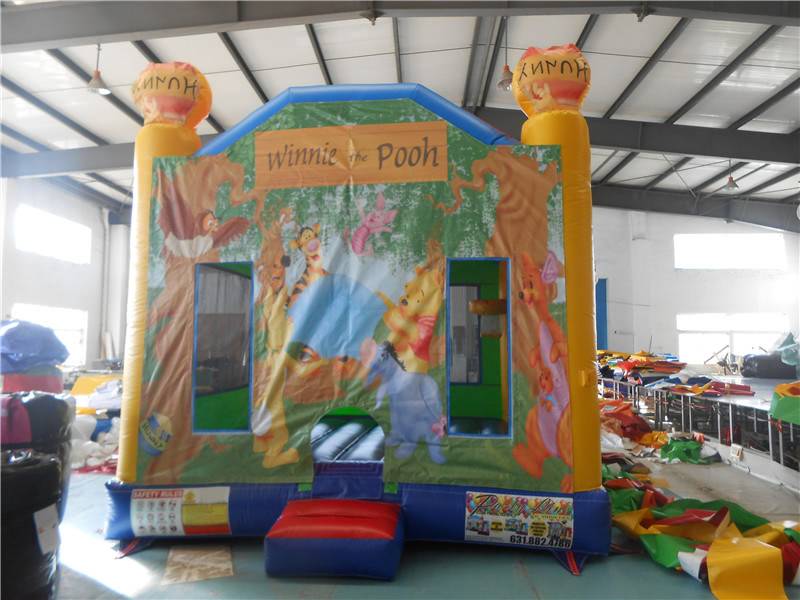
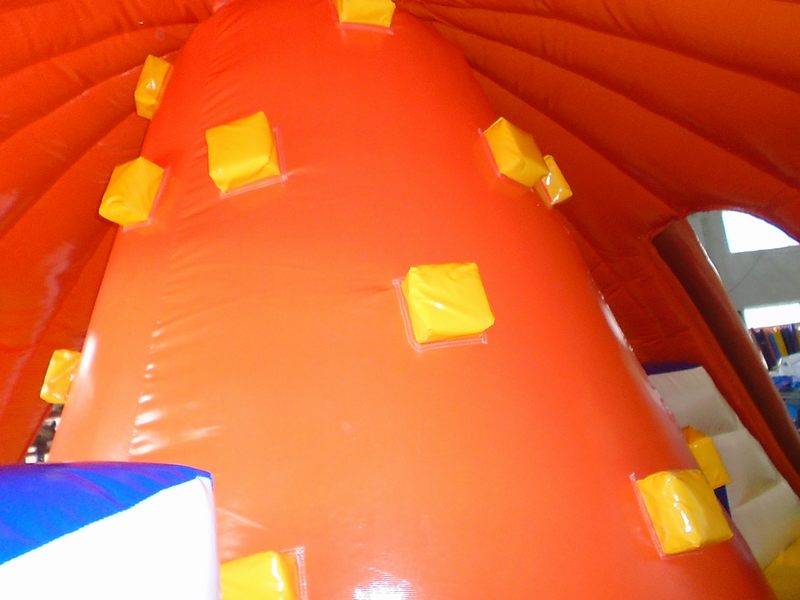
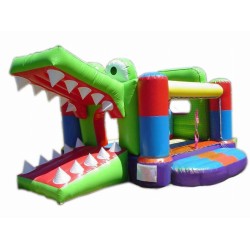
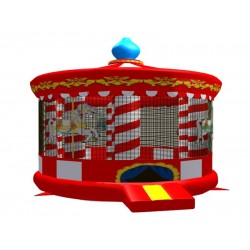
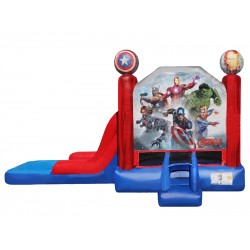
Leave a Comment